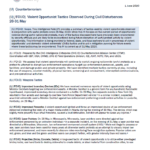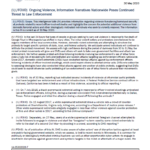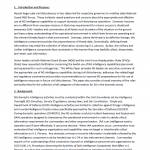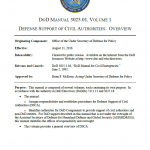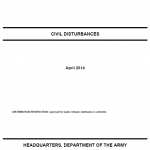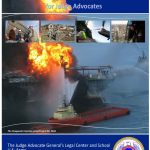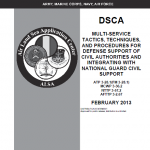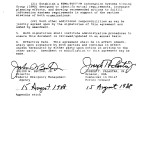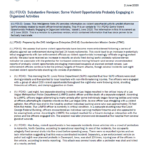
We assess that some violent opportunists have become more emboldened following a series of attacks against law enforcement during the last 24 hours nationwide. This could lead to an increase in potentially lethal engagements with law enforcement officials as violent opportunists increasingly infiltrate ongoing protest activity. We also have received an increase in reports on shots fired during lawful protests nationwide—an indicator we associate with the potential for increased violence moving forward—and several uncorroborated reports of probably violent opportunists pre-staging improvised weapons at planned protest venues. Law enforcement officers continue to be the primary targets of firearm attacks, though several incidents last night involved violent opportunists shooting into crowds of protestors.

